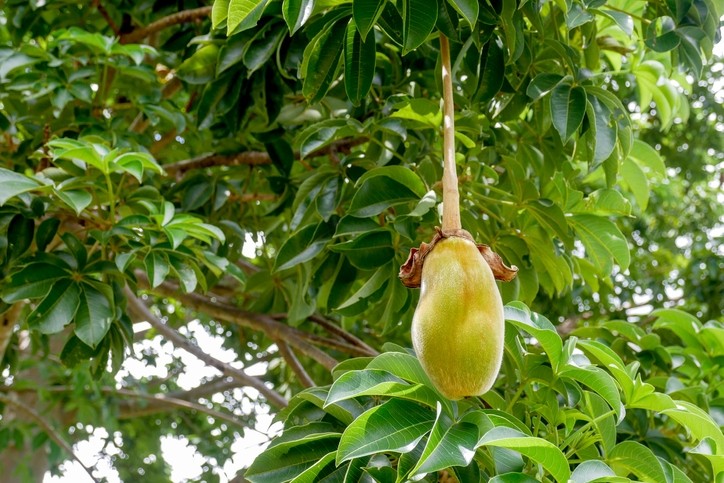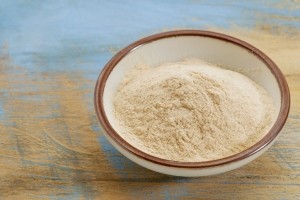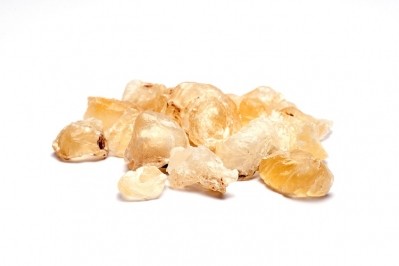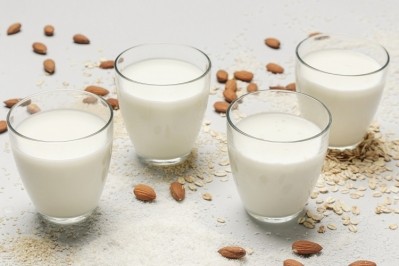Baobab: the next superfruit flavour?

The clean label trend among consumers is encouraging brands to formulate using natural flavours, and even 'no added flavours', creating space for botanical ingredients.
“Flavour remains an important feature of new product launches. Brands offering originality in this area can engage with consumers on multiple levels,” said Regina Haydon, Mintel global food & drink analyst at market research firm Mintel.
Flavours can give brands competitive edge, create exciting experiences for consumers, offer them an element of indulgence and help create healthier product profiles, she noted.
“Some flavours can combine several attributes: offering taste, claimed functional benefits and visual appeal. For instance, turmeric, rosehip or moringa are emerging flavours that can meet consumer expectations for functional food and beverage formulations that are also flavoursome and visually appealing.”
Africa’s iconic tree of life
One emerging flavour is baobab.
Baobab is a tree native to Southern Africa often dubbed ‘the upside down tree’ thanks to its root-like branches and trunks that can span 25 metres.
The African baobab is one of the most recognisable trees on the continent but it also grows in Oman and Yemen in the Arabian Peninsula, Malaysia and Australia. The trees grow white flowers that are pollinated at night by bats before developing into hard, cocoanut-nut like shells. While the seeds of these shells are often pressed to make oil that is mainly used in beauty products, the white powder that coats the seeds can be used as an ingredient. In parts of Africa, the baobab fruit drink named 'bouye' is very typical.

Baobab’s unique flavour (described as “subtly sweet with a lemony zing”), texture and nutritional content makes it a fantastic addition to a wide range of products – from snack bars to smoothies – or a key part of any superfoods range, according to the Organic Herb Trading Company, a UK-based supplier of organic herbs.
It claims baobab is a very rich source of antioxidants, vitamin C, calcium, iron, magnesium, potassium and fibre.
European ingredient supplier Nexira believes its baobab pulp powder is perfectly suitable for clean label applications. It says the powder has a slightly tangy taste that is easy to incorporate in a large array of applications such as smoothies and health bars, breakfast cereals, yogurts, ice-creams or chocolates. It also combines well with other superfruits (such as acerola, guarana).
According to Nexira, baobab ticks three boxes: it has an excellent nutritional profile thanks to its high content of vitamins, minerals and antioxidants; it has a delicious exotic flavour; it also has a positive socioeconomic impact in Africa. Nexira’s production of baobab pulp powder uses only the fruit, so the trees themselves are undamaged. Meanwhile, Nexira’s sourcing policy supports local harvesting and contributes to create positive socioeconomic impacts in Africa, the company noted.
What does the science say?
While baobab enthusiasts are keen to promote its nutritional benefits, there has still been very little research into the health benefits of baobab and more research is needed before health claims can be made.
Some of the more well-known studies have suggested baobab may have the potential to help people with diabetes or insulin sensitivity.
A 2013 study showed that baobab reduced starch digestion and glycaemic response in humans when baked into white bread or when stirred into water. A later study in 2016 showed that white bread enriched with baobab extract showed no effect on glycemic response or satiety, yet may increase postprandial insulin economy in healthy participants.

A review from 2009 found baobab "particularly rich" in vitamin C. The leaves, it noted, are rich in calcium (307 to 2640 mg/100 g dw) and are known to contain good quality proteins with a chemical score of 0.81. The whole seeds and the kernels have a relatively high lipid content, 11.6 to 33.3 g/100 g dw and 18.9 to 34.7 g/100 g dw, respectively. It added the pulp and leaves exhibit antioxidant properties with a higher activity in the pulp than in the leaves.
This 2017 study in Food Science Nutrition discovered “baobab fruit pulp and seeds contain significant amounts of nutritionally essential minerals”. However “the amounts varied significantly among the selected countries.” For example, a country level, the mean seed calcium content was highest (3,200 mg kg) in Malawi and lowest (2,000 mg kg) in Kenya.
Another 2004 study in Plant Foods Human Nutrition showed baobab seeds to be a “good source of energy, protein, and fat”, with both the baobab kernel and the pulp containing “substantial quantities of calcium, potassium, and magnesium”.
These majestic trees are 'mysteriously dying'
But another study in Nature published last year made the unexpected finding that many of the oldest and largest baobab trees have died in the last 10 years or so.
Researchers at the University in Romania were examining why the trees are so long-living (individual trees can live more then 2,000 years), but found that most of the oldest and largest baobabs died during the study, which they called “an event of unprecedented magnitude”. The researchers found no signs of an epidemic or disease, leading them to suggest that changing climates in southern Africa could be to blame — but they stressed that more research was needed to confirm this idea.
Previous research has shown a decline in the number of mature baobabs and a lack of young trees in the region.

























